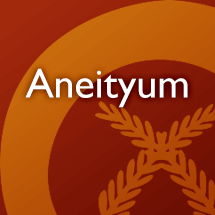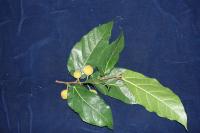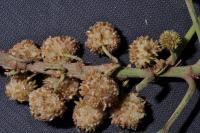An example search has returned 100 entries
alwa
v. to bud; to put forth leaves
bookmarkehteleceinayi
n. full moon
bookmarkEt elwa intisiaicai
phr. the flowers are come out.
bookmarkhui heldei
v.n. to sail
bookmarkigcapok
n. seaward
bookmarkimraig
n. tomorrow
bookmarkincai er hegaig
n. a tree for food; a fruit tree
bookmarkincejev ataheñ
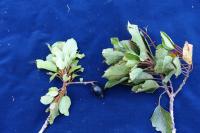
incet edwa
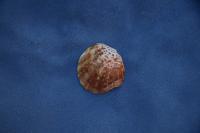
incetcanalaeñ
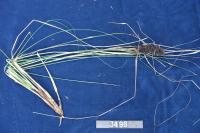
incispev
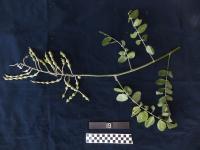
n. tree. Growing in village garden. (collection: Ashley A McGuigan #19)
Example: 1. To cure the sea snake (nispev) curse that causes missed periods. First the husband must combine 4 young leaves of incispev and 4 young leaves of nafanu and mash and squeeze the juice into a small bamboo (1-1.5 inch diameter) The nafanu is important because it is a plant that connects to the sea. Use wildcane leaves cover the bamboo closed. Go to the sick person and unwrap the snake from her. Start from the top and let the woman drink a small part of the potion then wash her with the mixture, making sure to wash head, elbows, knees, feet, and belly. Then take a leaf of naha and break it over the woman’s belly button to break the snake off. Smash the bamboo vessel to pieces. Leave the woman there until the wash dries on her. This takes one whole day and the ceremony in the evening so she can sleep and she must not eat. This ritual is performed by men.
bookmarkinhaij
n. the candle-nut tree; also "inhaig"
bookmarkinlopotjap
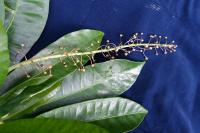
n. shrub to 1 m, fruits green. Secondary forest. (collection: Michael J. Balick #4897)
Example: The leaves are used for compost in the taro patch. Dig a hole, line it with the leaves of this species, cove with earth and plant taro. The leaves of this species are used to cover earth ovens.
bookmarkinmohtan nohos
n. kind of taro
bookmarkinteijid
n. species of pine
bookmarkintelecha
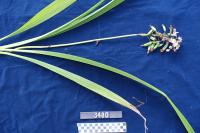
n. terrestrial orchid, growing in open area at edge of forest (collection: Gregory M. Plunkett #3480)
Example: This plant is a "message flower." If a person puts this flower behind their ear or in their hat, and looks at another person, it is an invitation to that person to go with you to the nakamal. Or a man invites a woman to go somewhere with him. Alternatively, you can leave the flower on a table and this is also a message to go with a person. Leaves also used to wrap foods. Decorate yard around the house.
bookmarkintit plen
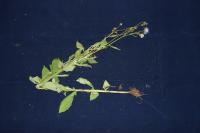
n. herb, growing on roadside in open disturbed area. (collection: Gregory M. Plunkett #3605)
Example: 1a. This is an invasive weed that was brought to Aneityum by aircraft. Name means "aircraft mess". 1b. Means “planes waste” refers to white trails as this has lots of white seeds that fly.
bookmarkintowosjei
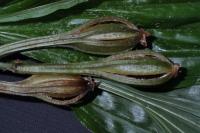
inwau an nadiat
n. the Milky Way
bookmarkinyje
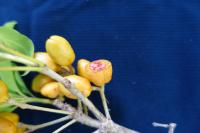
n. tree to 15 m, dbh 20 cm (collection: Michael J. Balick #4914)
Example: Use the leaves to make compost to be placed at the bottom of the hole where taro is to be planted, cover with soil and grow the taro in that hole. Serves as a fertilizer.
bookmarkkava
n. a plant from which an intoxicating drink is prepared
bookmarkmurimuri
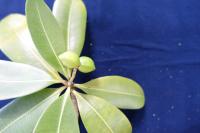
nabudschata
n. Achyranthes aspera L.
Example: juice squeezed from leaves; taken internally against asthma and put into boils
bookmarknahi ateuc
n. a plant with white flowers; a lily
bookmarknahrarin nepig
n. early morning; around 3 o’clock
bookmarknahtancai
n. shrub; small plant
bookmarknakautefa
n. kind of tree
bookmarknakoaha
n. kind of taro
bookmarknalgaij
n. kind of sugarcane; also "inhelegaij"
bookmarknapau
n. kind of tree
bookmarknaporkos
n. kind of taro
bookmarknarevaro
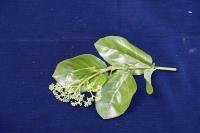
natimihas
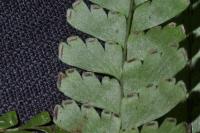
n. terrestrial fern, growing in dense rainforest. (collection: Gregory M. Plunkett #4095)
Example: 1. The name means "cranky person". If someone fastens this plant around his head as a deocrative lei, it means that this person is not happy. He does not want to talk or communicate with anybody. The use is no longer common, and now many people do not know the signficance.
bookmarknattri
n. Canarium vulgare
Example: leaf--cold maceration in coconut milk and seawater, taken internally against diarrhea or ciguatera. Cold maceration of chewed leave, spat into a cup and mixed with coconut water: taken internally against ciguatera
bookmarknatuh
n. a sweet-smelling plant
bookmarknausecrai
n. a species of thorn
bookmarknauwai
n. kind of banana
bookmarkneduon
n. low mountain
bookmarknehno
n. a species of poisonous tree
bookmarknehtet upaipai
n. kind of sugarcane
bookmarkneipyepei
n. kind of tree
bookmarknekrei
n. a large bat; the flying fox
bookmarknelgo waj

nelm̃ai
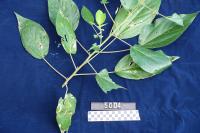
n. tree to 4 m tall, dbh 8 cm (collection: Michael J. Balick #5004)
Example: This plant is used to make fishing line, perhaps moreso in the past than today. Collect young shoots form the sides of the tree, peel off the bark, soak the stem in salt water or fresh water for 1-2 weeks to ret the stems then separate the fibers, dry in the sun and use to make string for fishing. The leaves are used for feeding pigs.
bookmarknethedwoleg
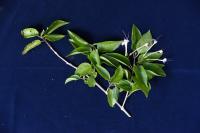
n. shrub, 1. 5 m tall (collection: Gregory M. Plunkett #3557)
Example: For treatment of a stomach ache, or if your stomach "complains", take very young stems, break off the leaves and chew the stems and swallow the juice. Use a 3-5 cm pieces of stems, chew, and then it clears your intestines and will make you go to the toilet.
bookmarknidiape
n. kind of sugarcane
bookmarkniducai
n. kind of tree
bookmarkniducei
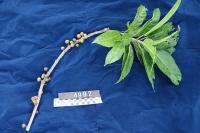
n. tree to 4 m, dbh 6 cm (collection: Michael J. Balick #4992)
Example: The stems of this plant are good for making temporary houses in the bush. When used as firewood, the stems are said to "hold the fire," meaning they burn a long time, even all night so in the morning the fire can be restarted by adding kindling. This wood is said to be good when a person has no matches, as the fire can be restarted easily. Young leaves of this species can be wrapped around ground coconut and eaten raw. The young leaves can also be boiled in water for 15 minutes, coconut milk added, and eaten with tubers such as cassava. The young leaves can be wrapped around beef or pork, tied with a string from Pandanus and cooked in the earth oven.
bookmarknighincai
n. the stump of a tree
bookmarknigya
n. a plant like a banana
bookmarknihivai
n. Macaranga dioca
Example: Inner bark: bathe in cold infusion, wounds. Mix heated over fire and taken out during sunset. Healer clenches the package in his fist, then gently punches the patients left, then right knee, then his forehead and finally squeezes over his head, migraine a
bookmarknijcel
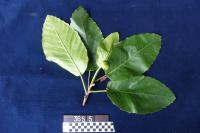
n. tree, 8-9 m tall (collection: Gregory M. Plunkett #3655)
Example: If the preferred banana leaves are not available to wrap food for cooking, then use young leaves of this species and tie taro and fish for cooking. Take 4-5 leaves and wrap the food with the leaves. Tie a rope around the food and tie them all together using any strong vine. They can then be cooked over an open fire.
bookmarknilec
n. kind of tree
bookmarknilpudou
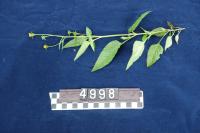
n. herb to 70 cm, florets yellow (collection: Michael J. Balick #4998)
Example: To treat a headache, especially from the flu, boil a handful of leaves in 1 liter of water for a few minutes, let cool and drink 1 cup of liquid per day . Also can treat this type of headache by using the plant in a steam bath, by boiling 4 handfuls of leaves in a pot of water, covering the head with a towel and breathing in the steam from the pot.
bookmarknisbähäin
n. Dracaena angustifolia
Example: Leaf: cold maceration, emetic, taken internally against ciguatera poison
bookmarknohopcop
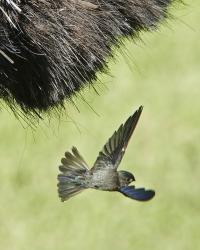
nop̃oi
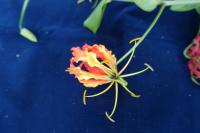
n. sprawling, vine-like herb (collection: Gregory M. Plunkett #3215)
Example: 1. The flower of this plant is used for decoration, for Christmas in particular, in church and home. 2. To attract a mate, put the flower in your hair. 3. This is the introduced one that is named after the wild type.
bookmarknuarin marara
n. dale
bookmarknugep
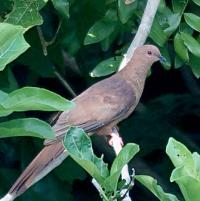
[nugep] n. Mackinlay’s cuckoo dove
Example: Photo by David Cook Wildlife Photography / Wikimedia Commons, License: CC BY 2.0 via Wikimedia Commons
bookmarknässäi
ridiau mayi
n. kind of taro
bookmarkuriicai
adj. made of branches
bookmarkwakas
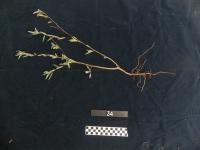
n. herb. Found along intra village path. (collection: Ashley A McGuigan #34)
Example: 1. To make baby grow strong - Take 16 tops of the plant, no flowers, and squeeze them into baby’s bath water. Bath baby in the water and let it dry on the baby. Don’t towel dry. 2. Medicine – take a large leaf, crush and rub it but don’t break it – just soften it and open it and cover the fresh cut with it – leave it there to heal the wound. Keep changing it until the wound gets healed. 3. For headache and fever – flu – take branches with no flowers or seeds, boil it 15 minutes to extract brownish juice, drink 1 cup hot 2, per day – morning and evening for 5 days. 4. The fruits – 7 – chew and swallow for stomachache. 5. Tie stems for broom.
bookmarkyasua
n. kind of taro
bookmarkyecreig
adj. beginning to be ripe, as fruit
bookmark